A lot goes into developing a surf park. From land agreements to selecting a wave technology, there are a lot of consequential other steps along the way, including providing clean water to visitors. As the industry grows, many longtime water filtration systems have thrown their hat in the ring. However, one unique company, VVater, believes they have the technology to create a more efficient and sustainable surf park. The company uses an electroporation process to purify large amounts of water.
Surf Park Central’s CEO Jess Ponting spoke with Jessica O’Leary, VVater’s Director of Business Development, about the company’s technology and what they offer to help more surf park developments make waves.
Jess Ponting: Could we maybe start with just a little bit of background on how you came to be in the place you are today?
Jessica O’Leary: I’ve been working in aquatic recreation and action sports for a long time. I started in the wakeboarding industry and snowboarding industry, dabbled a little bit in power sports, and then jumped right into surf parks and artificial surf technology. I spent the last 4 years representing a new artificial surf technology out of Europe here in the US, and during that time I also helped to enhance the marketing efforts of these new surf parks and consult on their overall development planning and execution. Now I am working with VVater, an innovative water purification company that has the amazing potential to absolutely transform the surf park industry. I’m just excited to share and shed light on what we’re doing differently and how that can impact the surf park world.
Ponting: Can you give me a little bit of background on what the status quo for cleaning water in the surf park industry is right now and why, if at all, there’s a need for change?
O’Leary: There really hasn’t been a tremendous amount of innovation in traditional aquatic recreation filtration. There are still a lot of facilities that are using big sand filters and regenerative media filters. All of these take up quite a bit of space and require a lot of manual interference and chemical dosing. Much of the standard aquatic code has been written around this type of equipment in the past, and admittedly, the CDC’s Model Aquatic Health Code hasn’t been revamped in quite some time. So as an industry, we’re really moving and grooving off of an old set of standards and equipment that matches that. You’re typically seeing those sand filters and regenerative media filters, heavy chlorine and acid dosing, and different types of chemical softeners making up the surf park mix today.
Chlorine for a long time has been the lesser evil, but there are several studies that show the harmful effect of chlorine on things like chronic asthma. I mean, anybody who spends time in chlorine has experienced red eyes, dry skin, and hair smelling like chlorine for the next two weeks. Also often times in surf parks and waterparks the chemical dosing is not consistent, many times they are overdosed with chemicals to be”‘safe,” only further intensifying those negative impacts.
A Johns Hopkins research report came out recently reporting on 12 liberated carcinogens when chlorine is used to disinfect potable water. So we now know there are carcinogens being released in the water, there are other harmful effects on the human body, there are negative effects on the environment, and specifically to the surf park world, there are very negative corrosive effects on the surf park equipment. So why aren’t more people questioning the chemicals used in water purification? At VVater we are innovating this process to exclude chemicals from the treatment of water.
Ponting: You mentioned the sand filters, regenerative filtration, and regenerative media filtration. Does that involve all of these same chemicals as well, or are these types of filtration and water cleansing less harmful?
O’Leary: I think that the chemical mixes between sand filters and regenerative media filters can vary slightly, but overall, they’re still utilizing a lot of the same chemicals. The biggest difference is in the footprint and water consumption. I know if you’re not space-constrained at all, it’s typically the case that you can get away with the sand filter, but it is quite large. It’s probably like two or three times the size of one regenerative media filter, so there are some efficiencies in space you can achieve between the two. I believe there is also a little bit less manual interference with the regenerative media filters as well. But we’re still talking about filtration which will ultimately need to be managed manually and consistently requires replacement elements. VVater is removing filtration in general, and we’re taking water purification to a place that’s completely autonomous and hands-off, which is pretty exciting.
Ponting: Can you perhaps explain how this technology works in layperson’s terms here? What is it? How does it work? How is it different?
O’Leary: I’d say the kingpin of our technology is our proprietary A.L.T.E.P., and A.L.T.E.P. stands for “advanced low tension electroporation process.” In this process, we are utilizing electroporation to eradicate exotic bacteria, microorganisms, and any pathogens found in water at the cellular level. During this process, we are also able to manipulate mineral content.
Ponting: I’m envisioning this as one of those purple lights that I have around my house to zap the mosquitoes as they get drawn to it. I mean, I’m assuming that’s not a great analogy, but I guess how does the body of water in its entirety get treated by this process?
O’Leary: Haha, yes that’s not too far off. The water is first introduced to our Faraday reactors and this is where the secret sauce happens. This is where ALTEP occurs. Water enters into the Faraday reactor where it’s treated and disinfected with electricity, probably very similar to the visual you just described, the mosquito zapper at your house. But instead of zapping mosquitoes, it’s killing everything at the cellular level in the water, and it is so much more effective.
Then it’s moving out of the Faraday reactor into our ADAF separation unit where the debris (and everything else that got chopped up in the ATLEP process) is removed from the clean liquid. We then take that pure clean liquid onto the next process where we’re utilizing air and turbulence to buff up all those H2O molecules to get them back to shining bright again.
Depending on how strenuous your water treatment process needs to be, it may enter another polishing unit before it’s released back into your surf park. I say that because we’re working in some really large industrial spaces as well. We actually have technology that purifies wastewater treatment discharge to potable-grade drinking water. That’s a solution where the strength of our technology is easier to see and quantify, much more than when we’re talking about cleaning water in surf parks. In surf parks we are starting with relatively clean water to begin with and ultra-clean water to end with, so it’s pretty easy for us to do.

Ponting: By the polishing that you’re talking about when you remove these residual dead particles, is that through a filtration process, or how does that work?
O’Leary: We’re precipitating and flocculating the debris in the separation unit and taking the good water out of the middle. This is what moves on into the polishing unit, which will utilize air and circulation to buff the water molecules.
Ponting: Is there some kind of centrifugal reason for spinning out solid bits from the pure water?
O’Leary: This would probably be a little better explained by one of our expert engineers, but yes that is all part of the science. It’s important to note that we are eliminating the use of chemicals throughout our whole process. I sometimes wish we called all of our components something different than typical terms like ‘polishing unit’, as this term is often utilized as a well-known step in traditional filtration, where new chemicals are introduced to offset pH or to soften the water. Essentially in this step, we are bringing the water back to its bright, clean, clear characteristics utilizing sustainable and effective strategies.
Ponting: Is that equally effective with amoebas as well as bacteria?
O’Leary: Yes, we are more effective at killing fatal amoebas, Giardia, Cryptosporidium, and all exotic bacteria through our ALTEP process than any amount of chlorine is. And that’s also true for UV. UV is really great technology, but with any light, you’re casting a shadow. So if you hit bacteria, there could be bacteria behind it that’s not hit by the UV lights. Turbidity or merkiness in water is also very challenging for UV light. That’s why it’s not quite as effective as ALTEP, where we’re ensuring that all the bad stuff is 100% killed.
Ponting: You’ve talked about the sheer size of some of these units that need to be installed for bodies of water this size. I can only imagine that involves quite a bit of energy as well. I’m wondering how VVater’s technology compares with existing technologies from a sustainability perspective. So that would include water conservation, energy usage, and harmful chemicals being released to recreationalists, and then also the environment. How does that compare across the fields?
O’Leary: I think that’s one of the things I’m most excited about here at VVater. We are so supremely focused on sustainability and there are a lot of aspects, like you mentioned with our system that make it more sustainable than others.
We have dramatically less wasted water than sand filtration and regenerative media filtration where a lot of backwashing occurs to clean the water. We’re able to reduce this water lost in the treatment process significantly so there is less reliance on supplemental refill and preserves the resource.
We’re also in many cases much more energy efficient than other filtration options. I was chatting about this with our engineers last week while working on a proposal for a surf park, and I’ll use this as an example:
A lot of surf parks fall in the similar range of around two to three million gallons.
I mean, there are some in excess of that for sure, and some less than that. But on average let’s look at the the three million gallon range. We are able to treat 3 million gallons of water utilizing less than 32 kilowatts of electricity an hour. This is a significantly low level of electricity consumption, especially when you’re looking at surf parks in general, that are quite electricity intensive. Our equipment rooms can be easily powered by renewable energy sources. So that’s a great benchmark for you!
Developers will also enhance sustainability by eliminating the chemicals typically used to treat the water. These chemicals are ongoing sunk costs that have to be purchased, managed, stored, and physically manipulated time and time again throughout the life of your operation. We’re completely removing that from the equation. So we are much, much more sustainable when it comes to removing the chemicals and eliminating the negative impactive they have on your surfers, the planet, and the park equipment, and ultimately ensure a more profitable and sustainable park operation.
Ponting: Can you talk to me about the service approach that you’re taking and what it might mean to help you get portions of a surf park funded for rising costs in different areas?
O’Leary: Funding is one of the greatest challenges in the surf park industry due to its novelty. There are pretty intensive capital stacks that we’re looking at as a developer when you want to build a surf park, and more often than not, people are more focused on surf technology equipment first and foremost. It is what’s going to make people come to your surf park. It is going to determine the types of waves and those fun objectives. But more often than not, water purification tends to get pushed to the back burner. They know they need it, but they’re not 100% focused on what it’s going to cost and who they should go with. I feel like it has been a secondary option for many, and I think most of the time people are shocked at the cost of what their water purification is going to be and how that affects their capital stack.
VVater has a really unique Water as a Service (WAAS) financing plan, that requires only 10% down from the Surf Park developer to begin their process. We take them through schematic design, construction documents, installation, and the completion of their project. So they have all of their equipment in a room commissioned and running. 10% down to get to the completion of the project, and then at that point we’re able to roll up those overhead costs into a monthly opex throughout our partnership.
With that, we’re also providing 24/7 remote monitoring, maintenance, and routine service visits. We are responsible for providing clean water as a service throughout the duration of our partnership together. So it’s really easy to quantify the ROI on a monthly basis because you’re guaranteed to get your clean water and assurance that your equipment is serviced to run optimally. We are making it easy to fast-track your development project, pay off your treatment equipment over time, and reduce the upfront capital stack quite a bit.
Learn more about VVater on their website.




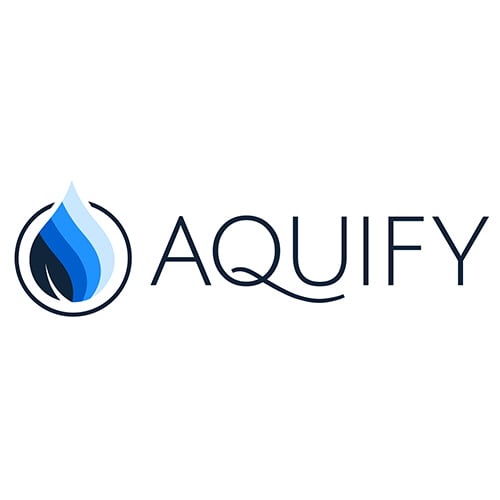
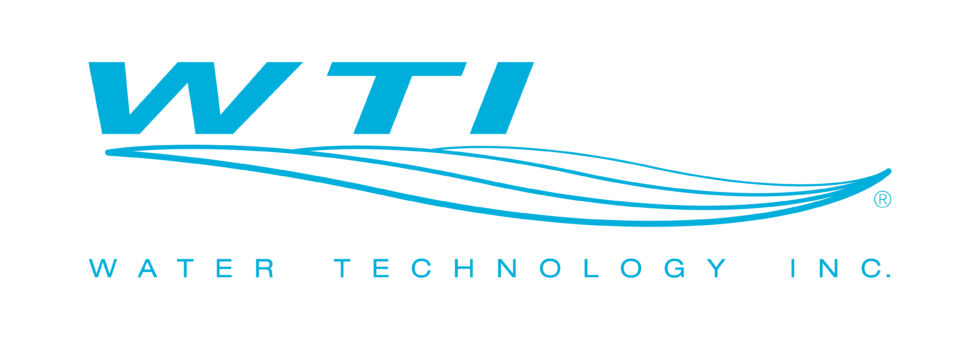
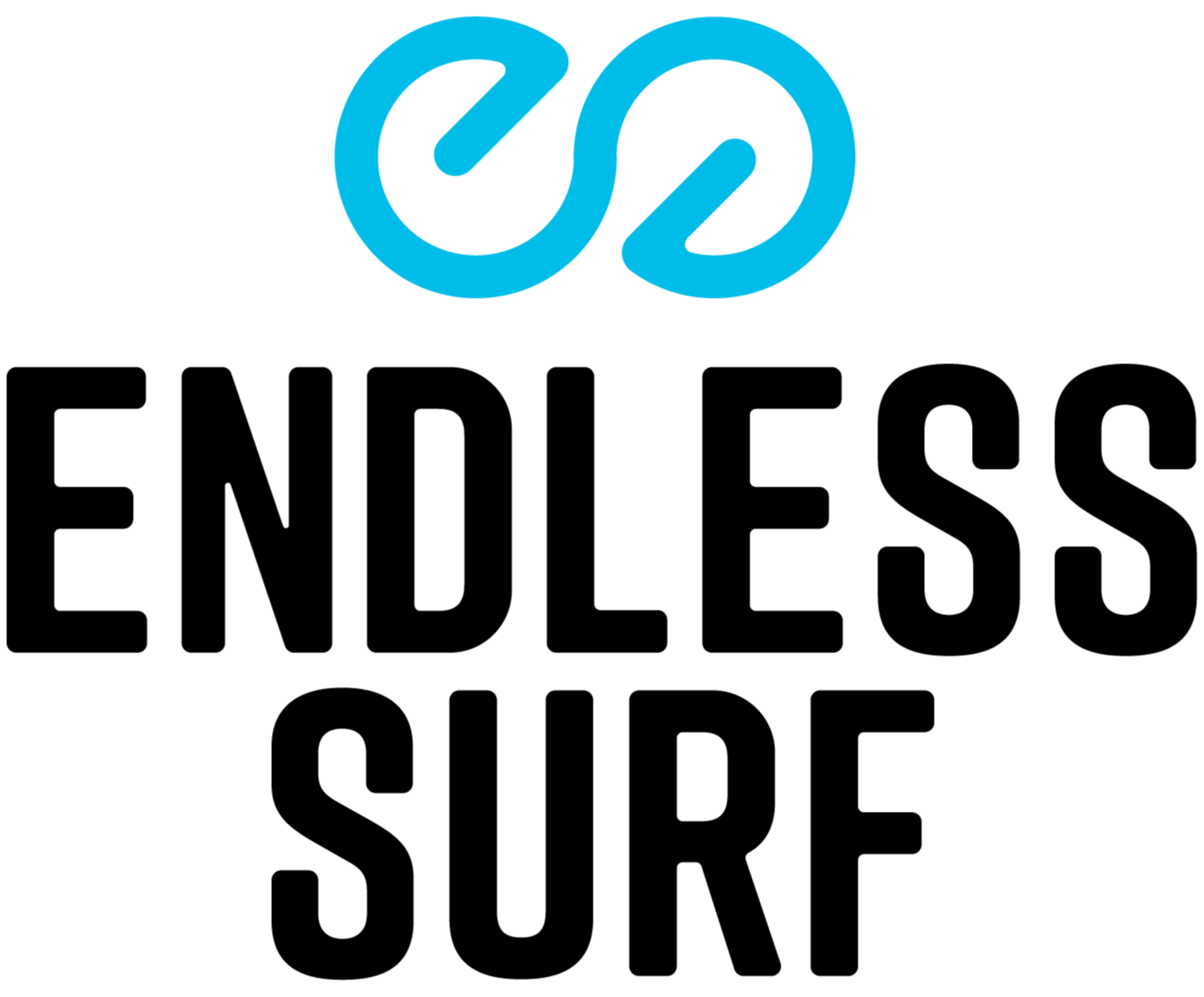
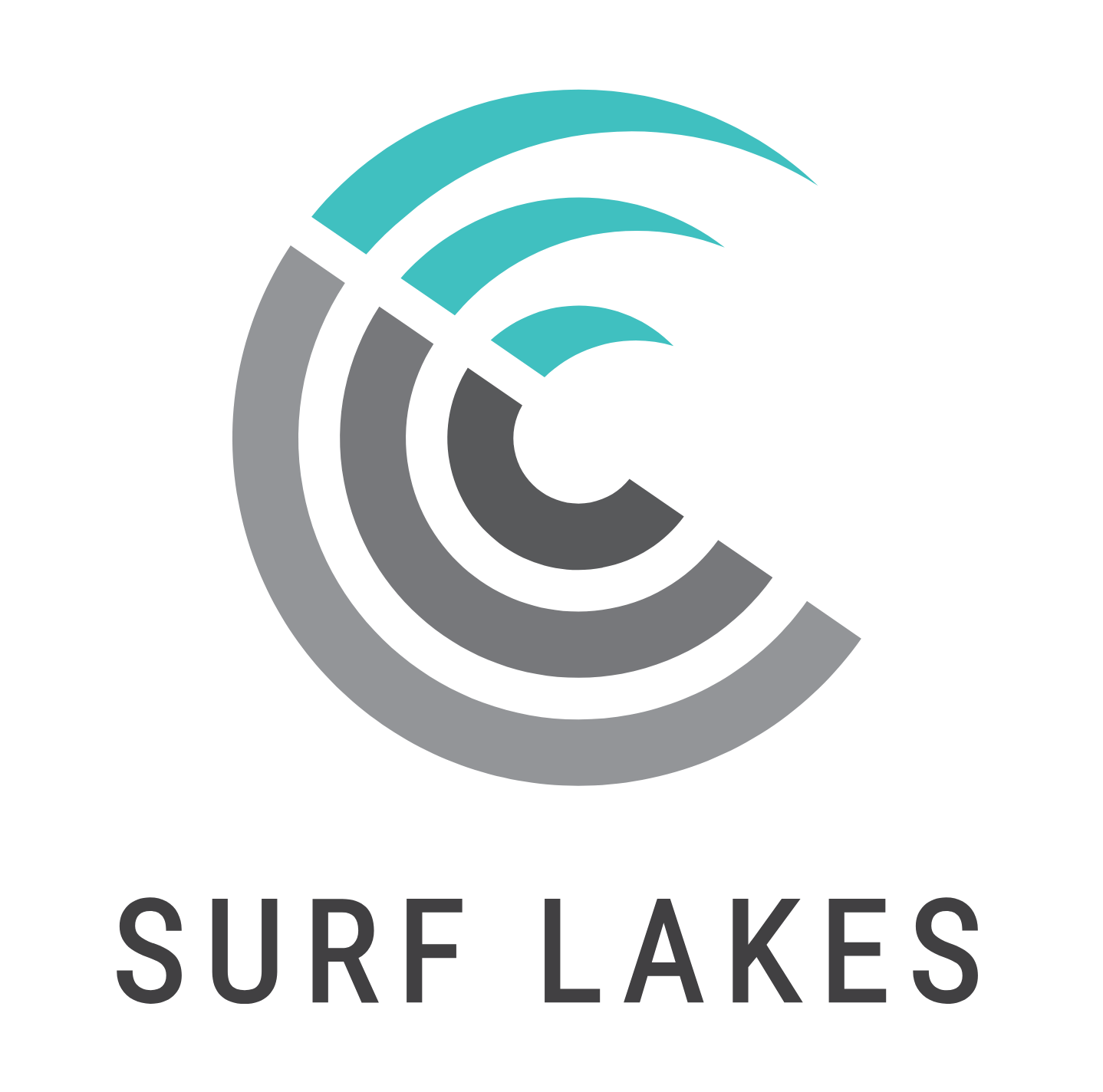











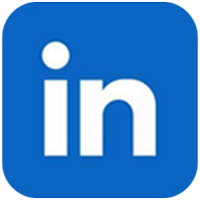
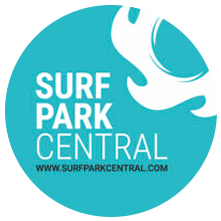










You must be logged in to post a comment Login